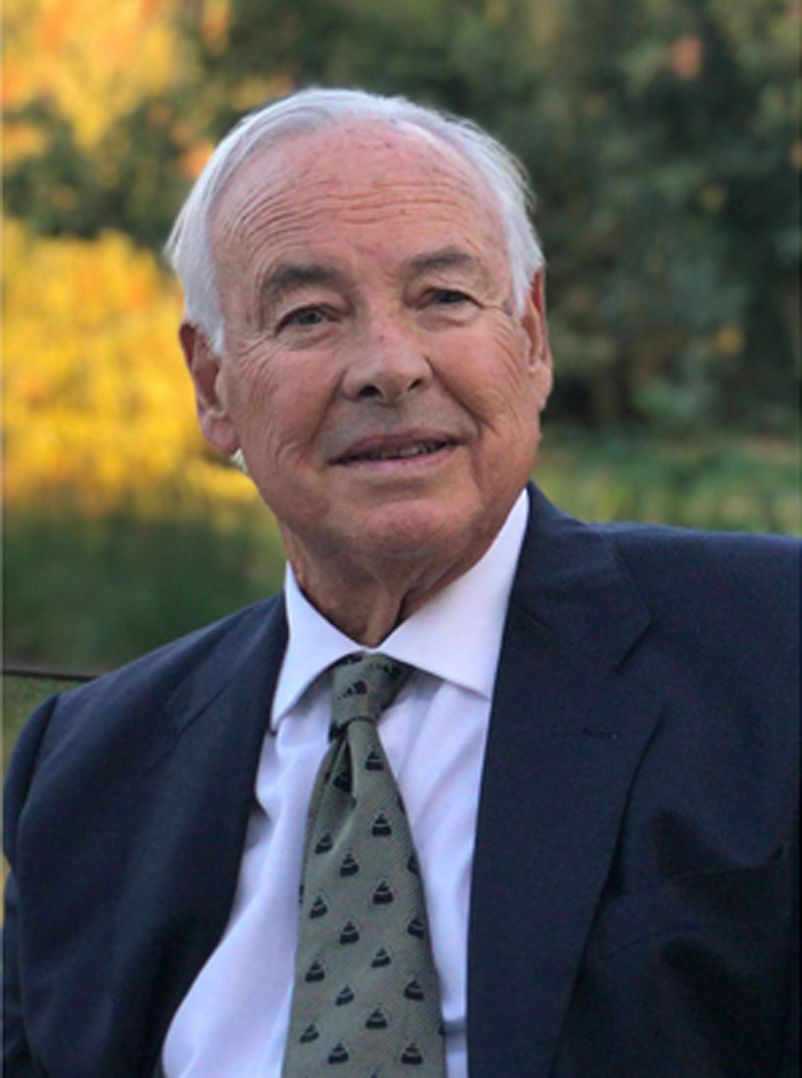On 16 January 2025, Juan Cosín Aguilar passed away in Valencia. This homage pays tribute to Juan's life and work as a cardiologist, including his presidency of the Spanish Society of Cardiology (SEC) from 1995 to 1997. I am grateful for the contributions by his family and friends (his son Juan Cosín-Sales, friend Antonio Bayés de Luna, and colleague José Olagüe de Ros), who have helped me paint a fuller picture of Juan as a person and have allowed me to share their thoughts and quote them in this tribute.
Juan Cosín Aguilar studied medicine at the University of Valencia. After graduation, he joined the Faculty of Medicine under Professor Manuel Beltrán Báguena, teaching alongside other colleagues, including Vicente Tormo Alfonso, Vicente López Merino, and Roberto García Civera. Roberto and Juan worked together for many years thereafter, coauthoring papers and acclaimed books on heart arrhythmias. In 1969, Hospital La Fe (Valencia) opened its doors, with José Báguena Candela as head of the Internal Medicine Service and Francisco Algarra Vidal in charge of Clinical Cardiology within that service. In 1997, a Research Center was annexed to the hospital and Juan was appointed head of the Cardiovascular Research Unit there, a position he held until 2009. During that time, he oversaw a wide range of basic and clinical research, scientific registries, clinical trials, doctoral theses, and scholarly publications.
Juan's career path became closely linked to that of Antonio Bayés de Luna, as both cardiologists were pioneers in the field of arrhythmias. In 1975 they set up the Electrocardiography Section of the SEC, one of its very first scientific sections, with Antonio as president and Juan as secretary. Shortly afterward, they started to plan the International Symposium on Arrhythmias together with the SEC and supported by the European Society of Cardiology. The Symposium was held in Barcelona in October 1977, attracting the world's leading arrhythmia specialists as speakers and more than 1000 attendees. The event's success was pivotal in positioning Spanish cardiology on the international stage. To extend the impact of the symposium, Juan and Antonio published the proceedings in a book in Spanish and in a separate English translation, titled Diagnóstico y tratamiento de las arritmias cardíacas [Diagnosis and treatment of cardiac arrhythmias], providing a review of arrhythmias with contributions by 66 authors.1 The book became an essential reference for cardiologists of the time in Spain and worldwide.
Passionate about medicine, Juan was also relentlessly inquisitive about science and dedicated to his work. His colleagues recall that when he was deep in a project, he would even forget to eat. In the clinic, too, “patients adored him—not only would he fix their hearts, but also sort out other problems, calling on colleagues when the area was beyond his own skill set.” “He passed his passion for medicine to 2 of his children, who became doctors, and 2 granddaughters, who are currently at medical school.”
Juan was president-elect of the SEC from 1993 to 1995, when I was president. He then became president for the following 2-year term, from 1995 to 1997. During those 4 years, together we laid the ground for ambitious projects, largely due to Juan's selfless dedication and way with words. We coincided again as president incumbent and elect of the National Commission of Cardiologists, when similar seeds were sewn.
It was during Juan's term as SEC president when the society made the auspicious decision to purchase what was to become the Casa del Corazón, the headquarters of the SEC and of the Spanish Heart Foundation. Later, as vice-president of the European Society of Cardiology, Juan played an active part in setting up the European Heart House in Nice. He also held other high-profile institutional positions, as president of the Valencian Society of Cardiology, vice-president of the Spanish Heart Foundation, and founder and president of the Valencian Heart Institute (Institut Valencià del Cor).
A well-read man, Juan had an insatiable thirst for knowledge and “would be found reading several books at once, ranging from the history of Rome to quantum physics or 20th-century affairs, enthusiastically sharing discoveries from what he was reading with those around him.” To continue quoting his friends, “Juan lived life to the fullest; he defended life and liberty, always optimistic, always seeing the glass half full, even on a bad day.” He passed on his enthusiasm for work and new projects to his colleagues, always giving, always doing without gloating. Juan was a good friend to many, including numerous cardiologist colleagues such as Antonio Bayés de Luna and Pablo Iván Altieri, from Puerto Rico. Francisco Torrent Guasp, his mentor and close friend, fueled Juan's obsession for the myocardial band and the cardiac suction effect.
“Family always came first”, remembers his son, Juan. “The little free time my father had was spent with us, always by my mother's side. He loved being with us and we loved being with him. He was a man of unwavering faith, right to the very end. He enjoyed gardening, when time allowed,” which comes as no surprise considering how plant biology interlocks with science. “And he found solace in the Mediterranean, sometimes fishing, sometimes gazing out to sea from the terrace of his home in Monocofar, in Castellón.”
We bid you farewell, dear SEC colleague and friend. Your memory will live on through the legacy you have left to Spanish cardiology.

